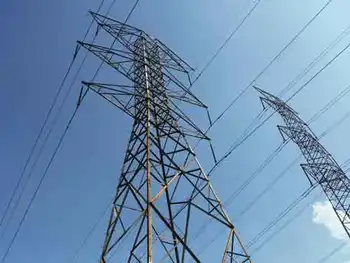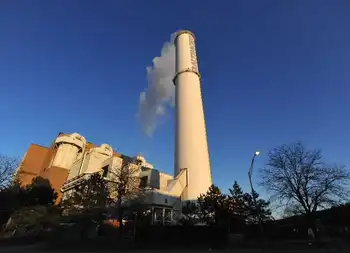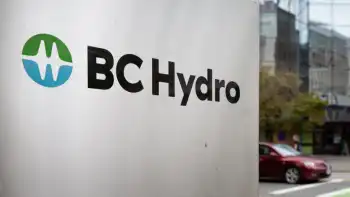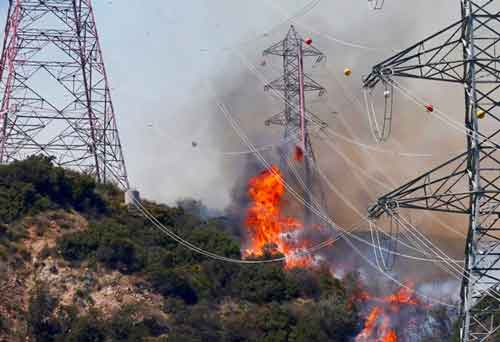New Jersey needs Salem reactor
By Courier-Post
Substation Relay Protection Training
Our customized live online or in‑person group training can be delivered to your staff at your location.

- Live Online
- 12 hours Instructor-led
- Group Training Available
Two seemingly unrelated recent news stories highlight why there's a need for more power plants in New Jersey, and why allowing operators to build a fourth nuclear reactor at the plant along the Delaware River in Salem County makes sense.
Earlier this month, it was announced that the Oyster Creek nuclear power plant in Ocean County will cease operation in 2019. The plant is the oldest operating nuclear power plant in the nation — built in 1969. Its technology is dated and it does not have the cooling towers newer nuclear power plants all have. Rather than build towers, as state environmental regulators are demanding, owner Exelon Corp. now says it will close the plant — which accounts for about 6 percent of New Jersey's electricity production — in 2019 or sooner.
Then there's Jeffrey Kaffee. On December 15, the retired airline pilot from Parsippany, Morris County, became the first American to buy a Chevrolet Volt, the much-hyped electric car from General Motors that can travel 35 miles on nothing but battery power before a gasoline-fueled engine kicks in. Over the next year, it is estimated that 30,000 Volts and Nissan Leafs another electric car new to the market will be sold in the United States. And after 2011, Ford, Toyota and other major automakers are expected to put electric cars on the market.
The closure of Oyster Creek and the sale of the first Chevy Volt are related in this way — New Jersey is facing a newfound need for electricity. When Oyster Creek closes, the supply of electricity in this state will be reduced. When electric cars start being sold in dealerships across the state — and they will, despite the high price — the demand for electricity will go up. The federal government is offering a generous $7,500 tax credit to Americans who buy electric cars, and the savings on gasoline costs will be enormous.
Driving 10,000 miles in a year on electricity will use about 2,500 kilowatt-hours of power. At an average utility rate of 11 cents per kilowatt-hour, that's $275 for a year of fuel. In gasoline terms, that equates to paying 70 cents per gallon to drive. There are going to be plenty of New Jerseyans interested in that.
PSEG announced earlier this year that it wants to build a fourth reactor at its Lower Alloways Creek complex. The three existing reactors there, built with newer technology than is used at Oyster Creek, each produce nearly double the amount of electricity that comes from the Oyster Creek reactor.
Replacing Oyster Creek with another reactor in Salem that employs the newest technology available would more than make up for the loss of the 615 megwatts of power Oyster Creek puts out. It would offer several hundred more megawatts of power that could certainly help account for any surge of demand for electricity brought on by electric cars hitting the roads and being plugged in each night in home garages and driveways.
Power producers are looking at the advent of electric cars as something akin to the spread of air conditioning into homes and businesses in the 1960s and '70s — a development that will hugely increase electricity needs and strain electric grids if new power plants aren't built and infrastructure improvements aren't made.
While the harnessing of renewable energy mainly solar and wind is on the rise in New Jersey, these forms of energy generation still only account for less than 3 percent of New Jersey's electricity supply. And they're not steady sources of power because the sun doesn't shine and the wind doesn't blow every day.
In a state where industry and a glut of cars already contribute to poor air quality in many areas, what New Jersey least needs is a bevy of new coal-fired power plants pumping carbon emissions into the air.
To meet New Jersey's expanding electricity needs, the continued expansion of wind and solar power generation and a new reactor at Salem a decade from now — neither of which would produce any carbon emissions to pollute the air — make sense.











